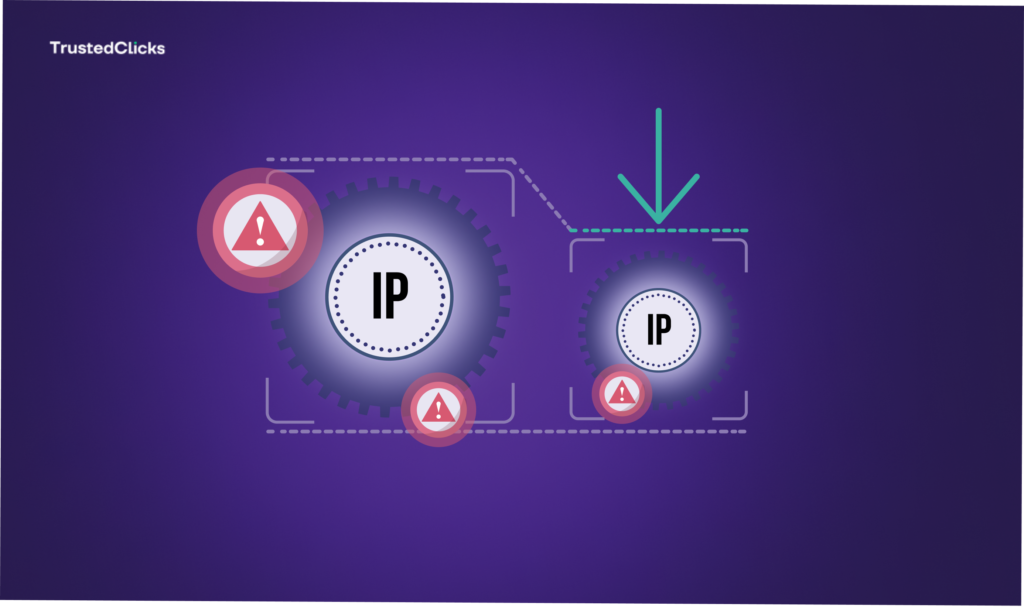- E-Commerce Security, Affiliate marketing
Click Fraud Prevention: Safeguard Your Online Advertising Investments


Online advertising plays a crucial role in business growth and brand visibility. However, a significant challenge that threatens the efficiency of digital marketing efforts is click fraud. Click fraud prevention is essential for businesses looking to protect their advertising budgets and ensure that their campaigns reach real, interested audiences. This article will delve into what click fraud is, how it affects businesses, and the best strategies for preventing it.
Understanding Click Fraud
Click fraud is the practice of generating illegitimate clicks on online ads with the intent of depleting an advertiser’s budget, skewing analytics, or financially benefiting fraudulent entities. It can be executed manually by competitors, bots, or even fraudulent publishers in affiliate marketing schemes.
Types of Click Fraud
Competitor Click Fraud – Some unethical businesses repeatedly click on a competitor’s ads to exhaust their ad budget and reduce visibility.
Publisher Click Fraud – Website owners who host pay-per-click (PPC) ads may generate fake clicks to increase their revenue from ad networks.
Botnet Click Fraud – Automated scripts or networks of infected devices (botnets) are used to click on ads, making detection difficult.
Click Farms – Groups of individuals hired to manually click on ads in order to generate fraudulent traffic.
How Click Fraud Impacts Businesses
The consequences of click fraud extend beyond wasted advertising dollars. Here are some of the key ways it affects businesses:
Financial Loss – Click fraud drains ad budgets without generating real leads or sales, resulting in significant financial losses.
Skewed Analytics – Businesses rely on data to refine their campaigns. Click fraud distorts metrics like CTR (Click-Through Rate), making it difficult to assess campaign performance.
Reduced ROI – Fraudulent clicks mean that businesses pay for non-converting traffic, ultimately lowering the return on investment (ROI).
Ad Network Trust Issues – Advertisers may lose trust in platforms that fail to prevent click fraud, leading to shifts in marketing strategies.
Strategies for Click Fraud Prevention
There are specialized tools available that help in detecting and preventing click fraud.
These tools use machine learning and advanced algorithms to identify fraudulent activity and block illegitimate clicks.
Monitor Your Traffic Patterns
Regularly analyze your ad traffic to identify anomalies, such as sudden spikes in clicks from unusual locations or specific IP addresses. Google Analytics and other tracking tools can help monitor trends and detect suspicious activity.
Implement IP and Geolocation Blocking
If you notice suspicious traffic from specific IP addresses or geographic locations, consider blocking them from accessing your ads. Most ad platforms, including Google Ads, allow IP exclusions to prevent fraudulent clicks.
Set Up Conversion Tracking
By tracking conversions (sales, sign-ups, downloads), you can differentiate genuine customer interactions from fraudulent clicks. If your ad gets numerous clicks but few conversions, it might be a sign of click fraud
Adjust Ad Targeting
Refining your ad targeting settings can help minimize exposure to fraudulent clicks. Focus on specific demographics, interests, and geographical locations that align with your audience.
Use CAPTCHA and Other Verification Methods
For websites running PPC ads, implementing CAPTCHA verification for actions like form submissions or downloads can prevent bots and automated scripts from interacting with ads.
Set Click Frequency Limits
Many ad platforms allow advertisers to limit the number of times an individual user can click on an ad within a given timeframe. This can help prevent repeated fraudulent clicks.
Monitor Referral Traffic
Check your website analytics to identify referral traffic from suspicious sources. If you see a high bounce rate and low engagement from certain sources, it may indicate click fraud.
Report Click Fraud to Ad Networks
If you suspect fraudulent activity, report it to your ad network (e.g., Google Ads, Bing Ads). These platforms have measures to investigate and, in some cases, refund advertisers for invalid clicks.
Educate Your Team and Stay Updated
Click fraud tactics evolve over time. Staying informed about the latest threats and educating your marketing team on best practices can help in maintaining an effective prevention strategy.
The Role of Artificial Intelligence in Click Fraud Prevention
Artificial Intelligence (AI) and machine learning play an increasingly vital role in combating click fraud. AI-powered fraud detection tools analyze vast amounts of data in real time, identifying patterns that indicate fraudulent activity. These systems adapt over time, improving accuracy and reducing false positives.
Benefits of AI in Click Fraud Prevention:
Real-time detection – AI algorithms identify fraudulent clicks as they happen.
Behavioral analysis – AI tracks user behavior to differentiate between legitimate users and bots.
Automated blocking – Suspicious IPs and devices are automatically blocked from interacting with ads.
Legal and Ethical Aspects of Click Fraud
Click fraud is not just an unethical practice but also a legal concern. Many countries consider it a form of cybercrime, and businesses engaging in click fraud can face lawsuits, penalties, and loss of reputation.
How Businesses Can Protect Themselves Legally
Work with ad networks that have strong fraud prevention policies.
Include anti-click fraud clauses in advertising contracts.
Document and report fraudulent activity to authorities when necessary.
Final Words
Click fraud is a growing threat to online advertisers, but with the right strategies in place, businesses can protect their advertising investments. By monitoring traffic, using fraud detection tools, implementing IP blocking, and leveraging AI, advertisers can minimize the impact of fraudulent clicks. Staying proactive and continuously refining click fraud prevention strategies will ensure that marketing budgets are spent effectively, reaching genuine customers and maximizing ROI.
Businesses should remain vigilant, educate their teams, and utilize technology to stay ahead of fraudsters. By implementing a robust click fraud prevention strategy, advertisers can focus on what truly matters—growing their brand and achieving their marketing goals.
Table of Contents
Join our community!
Subscribe to our newsletter for the latest updates, exclusive content, and more. Don’t miss out—sign up today!
Recent Posts

Beyond the Click: How IP Tracking Unmasks Fraudulent Traffic
- 5 mins read

Decoding the Risk Behind Every Click With IP Risk Scoring
- 9 mins read

IP Score Checks: A Critical Tool for Cybersecurity and Risk Assessment
- 6 mins read



